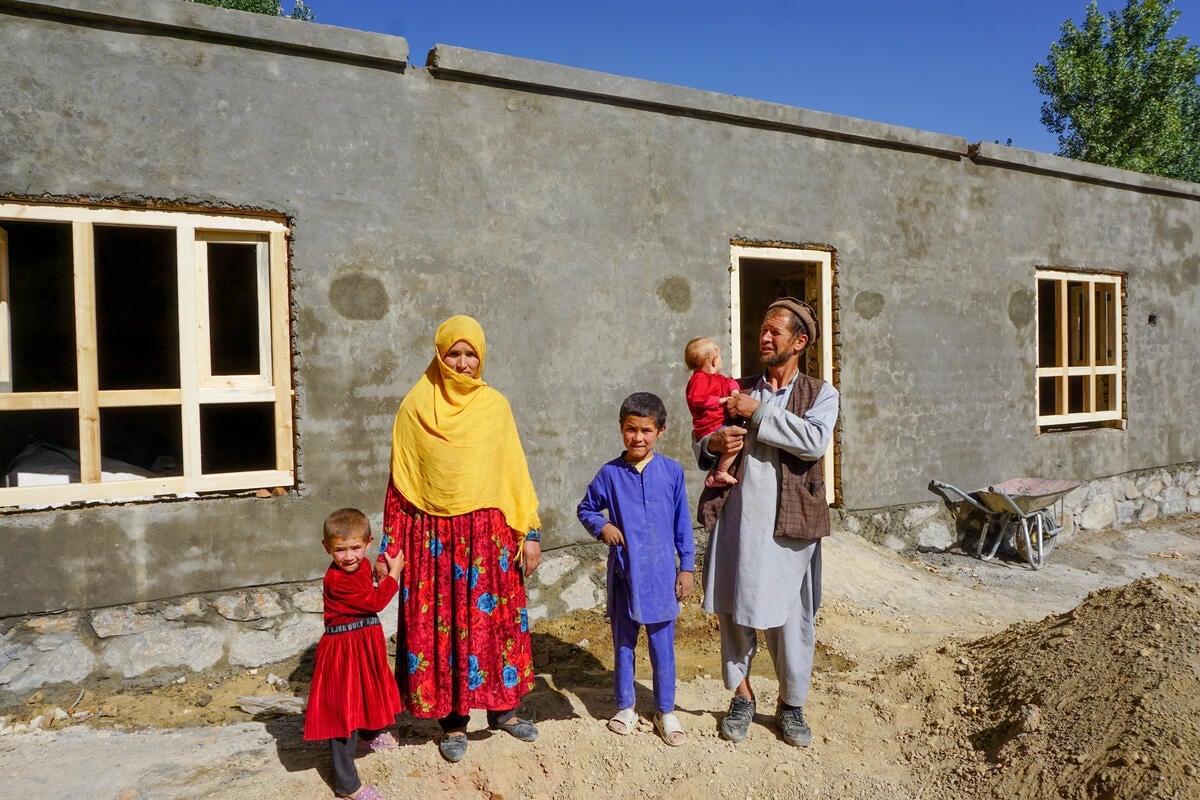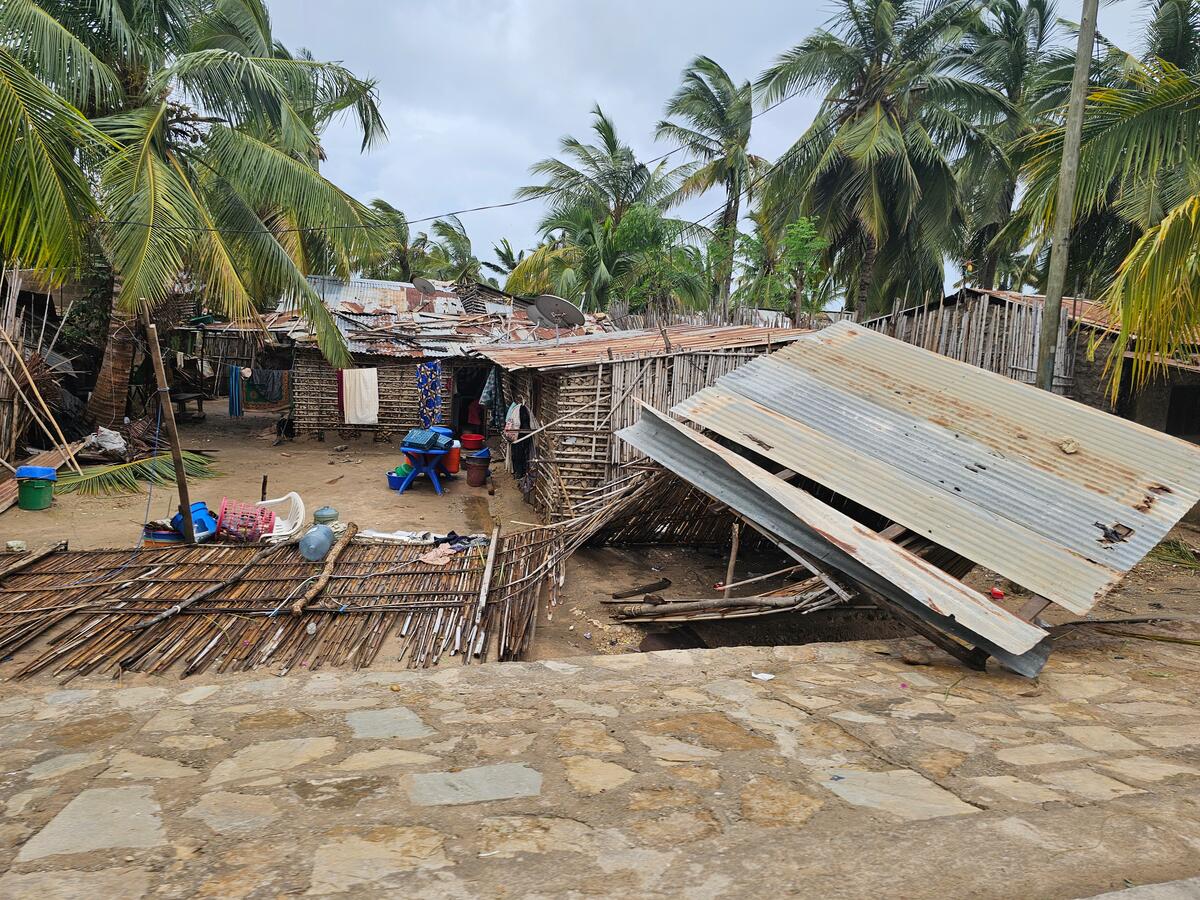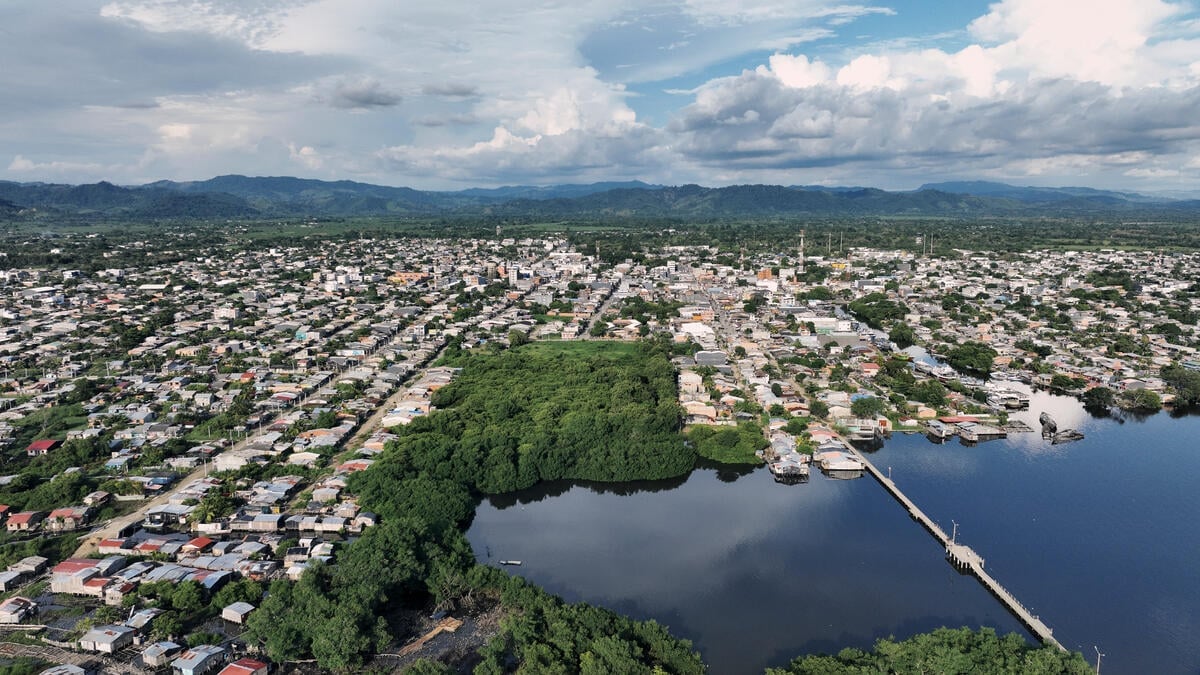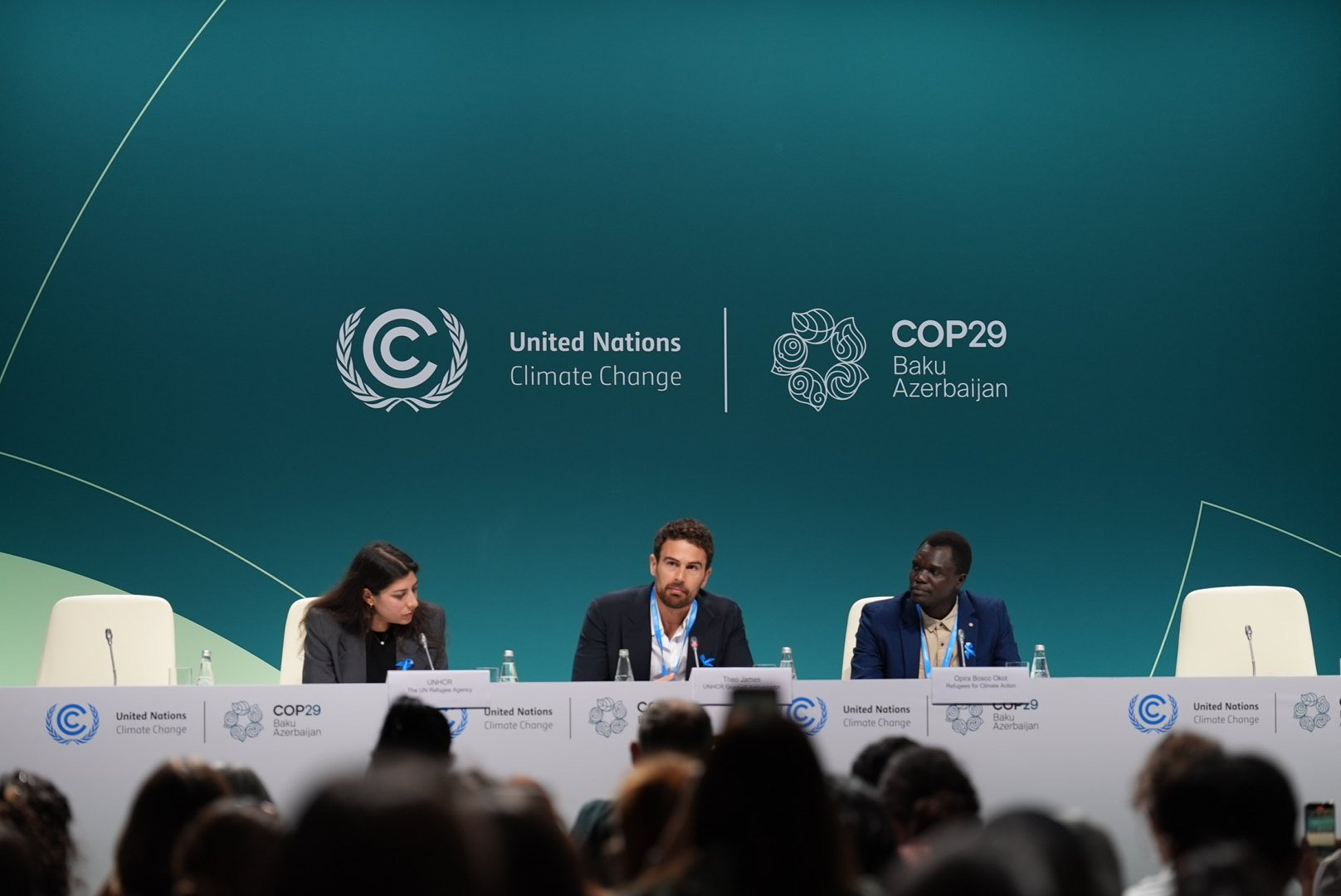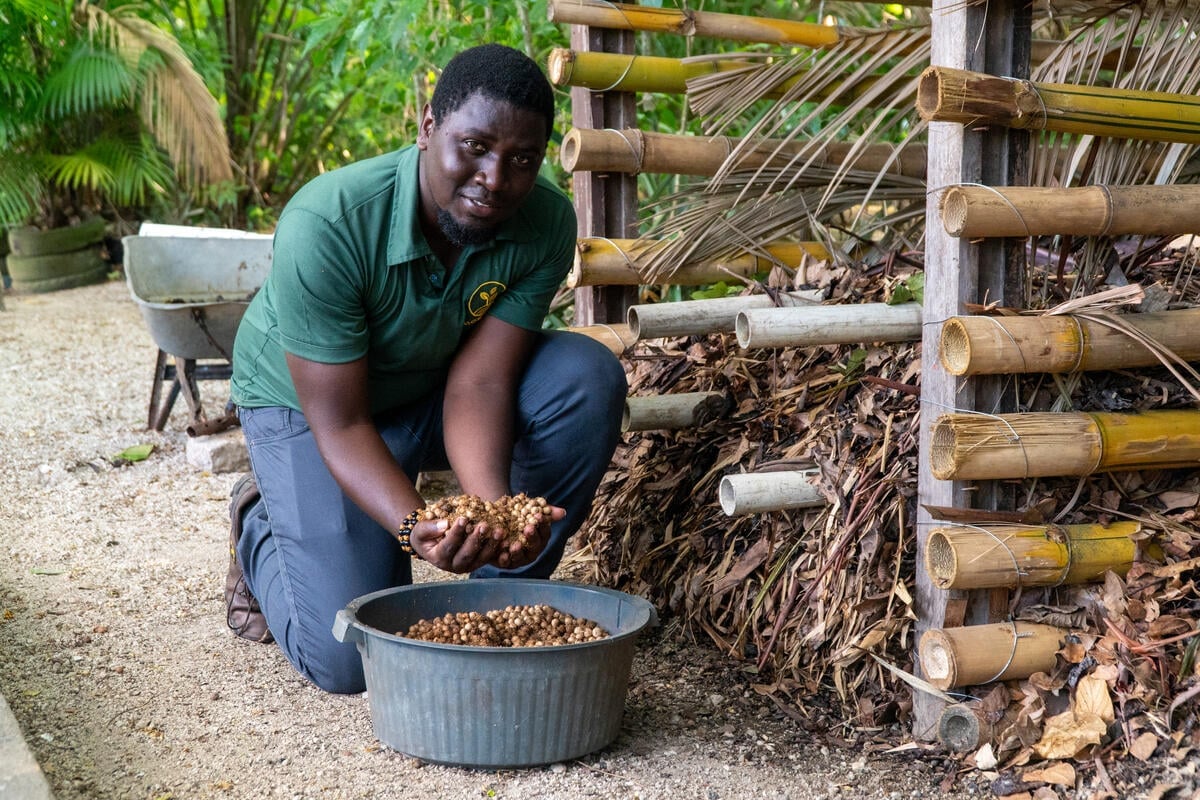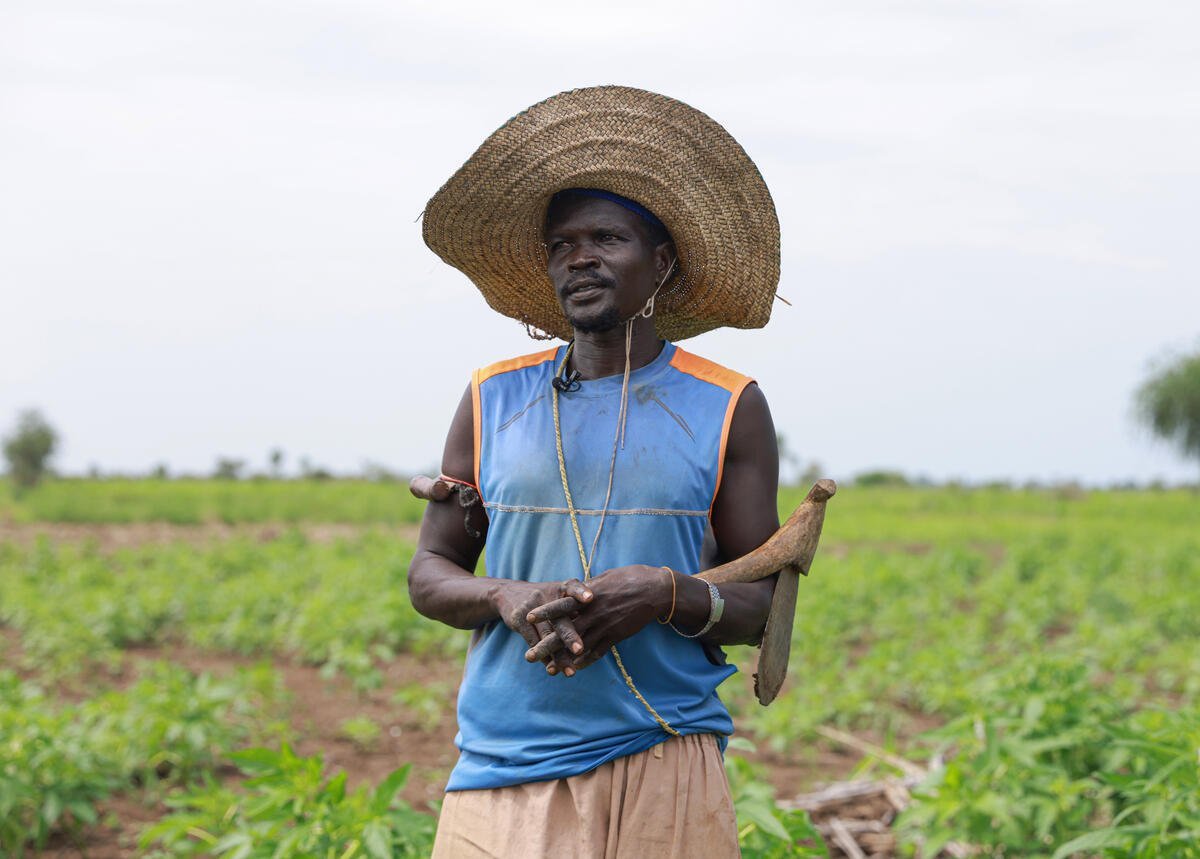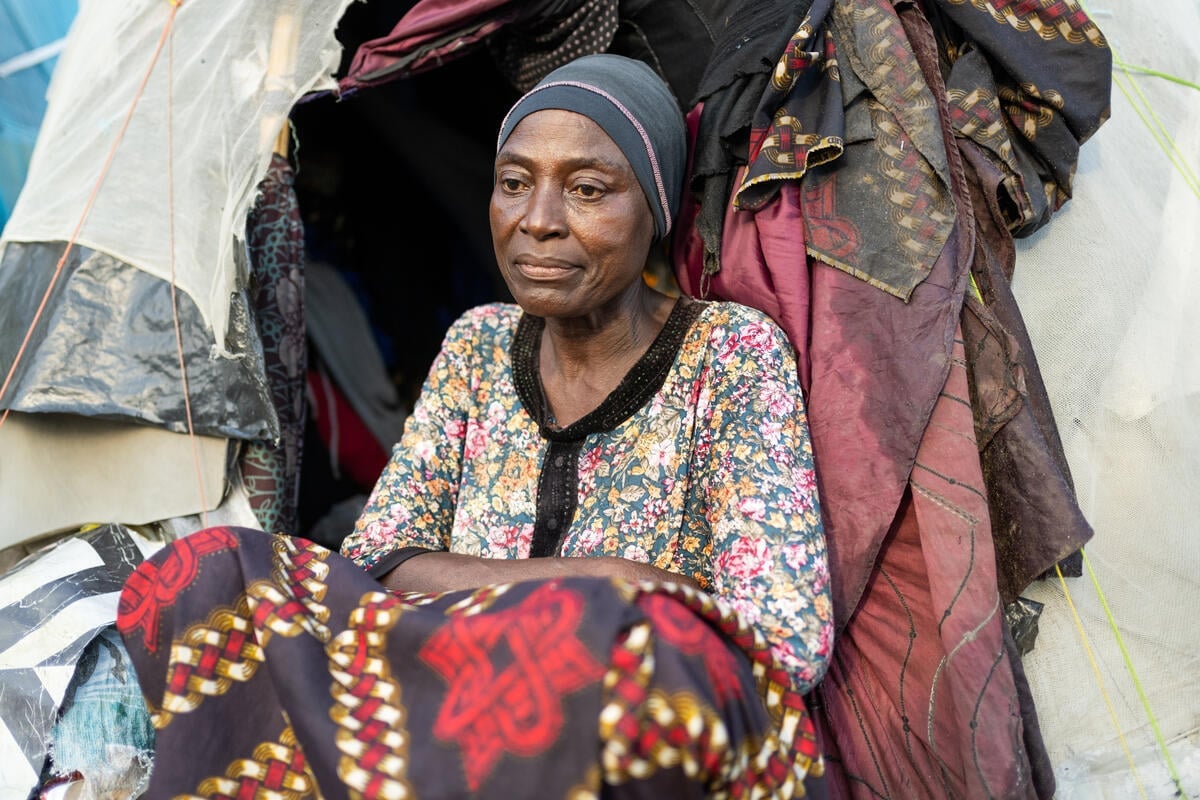Sudan: Rainy season ushers in severe floods, worsens plight for thousands displaced by war
Sudan: Rainy season ushers in severe floods, worsens plight for thousands displaced by war

Internally displaced women carry their belongings through a flooded gathering site near Kassala, Sudan.
As heavy seasonal rains kick in across Sudan, refugees and internally displaced people continue to bear the brunt of an incredibly dire humanitarian situation after more than a year of deadly war that has now led to the tragedy of famine conditions, all compounded by the growing impacts of climate change. Heavy rains and flooding have already impacted tens of thousands of people across Sudan, causing further displacement, injuries and deaths.
Over eleven thousand people, including refugees hosted in the country and local communities in the eastern Kassala state, have been impacted by severe floods and heavy rains in the past two weeks.
This includes many families who recently arrived after fleeing violence in Sennar state and who were sheltering in five gathering sites and reception centres. Some have been displaced three or four times since the start of the conflict. They have lost their belongings, including food rations, and are facing significant challenges in accessing clean water and sanitation facilities, increasing the risk of waterborne diseases. More than 400 shelters have also been damaged in Shagarab refugee camp, leaving already vulnerable people destitute.
UNHCR, the UN Refugee Agency, and partners are on the ground making every effort to assist the most vulnerable. Together with state authorities, new land has been identified where tents are being set up to accommodate the affected families.
The new site is expected to host some 800 families newly displaced due to the flooding. UNHCR has already started erecting emergency shelters, with some 400 tents installed so far. Despite the ongoing rain, at least 200 families have been relocated. In addition, UNHCR is planning to distribute plastic sheeting to refugees to repair roofs damaged by the storms.
More rainfall is expected in the eastern and western parts of the country. To mitigate similar impacts in other states including Gedaref, White Nile and Blue Nile states, UNHCR is prepositioning core relief items and shelter kits, cleaning drainages and building dikes to shore up internal roads to protect camps and sites hosting displaced people.
Flooding in the Darfur region is also impacting the already limited ability of aid agencies to reach people in need, in those areas where we otherwise do have access. The humanitarian needs are reaching epic proportions in the region, as hundreds of thousands of civilians remain in harm’s way and famine has recently been confirmed in a displacement site.
The conflict has already destroyed crops and disrupted livelihoods. The climate crisis is making those displaced even more vulnerable. Flooded land means people are unable to grow crops and graze their livestock, adding to food insecurity and hunger in areas also affected by drought and conflict. Climate adaptation measures are sorely needed to reduce vulnerability to these repeated shocks.
As the conflict spreads across the country, people continue to move in search of safety. To date, over 10 million people have been forced to flee their homes both within the country and across its borders.
Since mid-April, El Niño-related heavy rainfall has led to extreme weather events across East Africa – including flooding, landslides, violent winds and hail – which are pounding refugee and displaced communities. As the situation is expected to worsen during the year, UNHCR launched a regional floods appeal for nearly $40 million to assist and protect 5.6 million refugees, returnees, internally displaced people and local communities in Burundi, Ethiopia, Somalia, Rwanda, South Sudan and Sudan, which has so far received only $5 million in funds.
For additional information:
- For Sudan, Assadullah Nasrullah, [email protected], +254 113 676 413
- In Nairobi (regional), Faith Kasina, [email protected], +254 113 427 094
- In Geneva, Olga Sarrado, [email protected], +41 797 402 307


